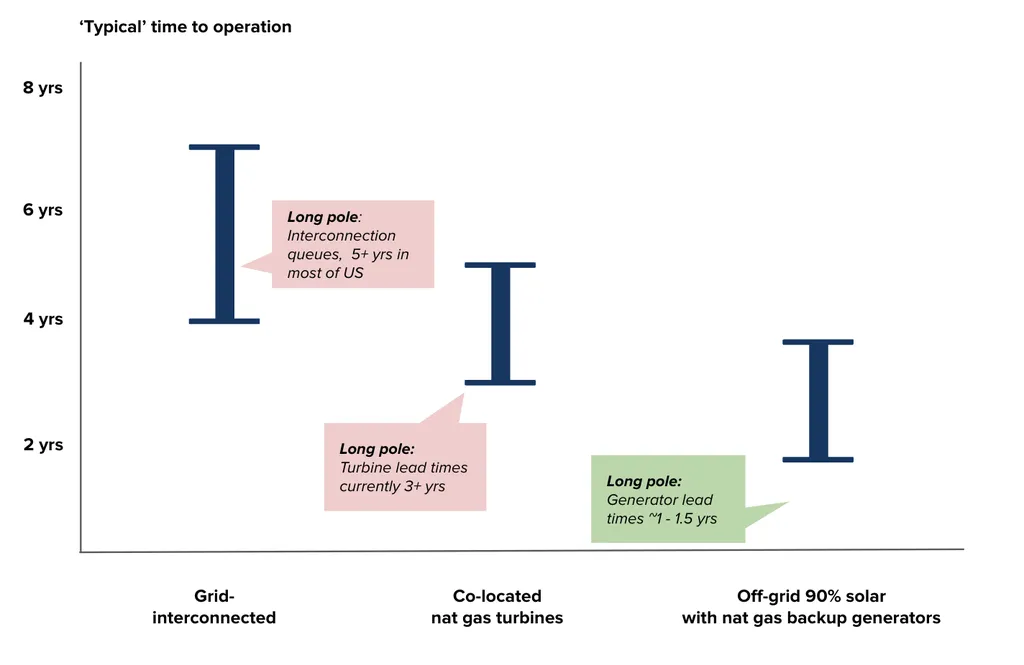In the quest for a sustainable energy future, accurate solar power forecasting is a critical piece of the puzzle. A recent study published in the journal *IEEE Access* has shed new light on this challenge, offering a promising solution that could reshape how microgrids integrate solar energy. The research, led by Tejaswini Thota of the Vellore Institute of Technology in Chennai, India, introduces a novel approach to solar power forecasting that could enhance grid management and optimize the balance between supply and demand.
Thota and her team developed and rigorously evaluated five forecasting models, including standard LSTM, attention-enhanced custom LSTM, ARIMA, rolling window ARIMA, and Prophet. The goal was to identify the most reliable and efficient method for predicting solar power generation. The study used SARAH satellite data for training and ERA5 reanalysis data for validation, ensuring a controlled and reproducible benchmark.
The results were striking. The ARIMA(1,1,1) rolling window model, dynamically retrained using a 30-day sliding window, emerged as the top performer. “The rolling window ARIMA model demonstrated the most consistent and superior performance, achieving the lowest RMSE, MAE, and MAPE, along with the highest R2 value,” Thota explained. This model not only outperformed conventional statistical models but also surpassed modern deep learning approaches, offering strong generalization with minimal computational complexity.
The implications for the energy sector are significant. Accurate solar power forecasting is essential for efficient grid management, particularly in microgrid systems where the balance between supply and demand must be carefully optimized. “Our findings suggest that the rolling window ARIMA framework offers a statistically reliable and operationally efficient approach,” Thota noted. “This could make it an apt model for enhancing time series-based solar power forecasting in microgrid systems.”
The study also highlighted the importance of diagnostic tests. The residuals of the rolling model were found to be not correlated, nearly normal, and symmetric, validating its reliability. Comparative evaluations showed that the rolling window ARIMA model achieved forecast accuracy improvements of 71.9% and 50.9% over attention-based LSTM models, respectively.
As the world moves towards net-zero emissions, the need for precise solar power forecasting becomes ever more pressing. This research offers a valuable tool for the energy sector, providing a reliable and efficient method for integrating renewable energy into the grid. The findings could pave the way for more sophisticated and accurate forecasting models, ultimately contributing to a more sustainable and resilient energy future.
Published in the peer-reviewed journal IEEE Access, the study represents a significant step forward in the field of solar power forecasting, offering a robust solution that could enhance grid management and optimize the balance between supply and demand in microgrid systems.

